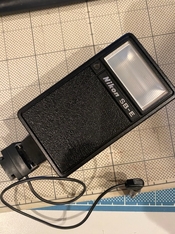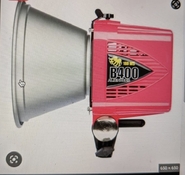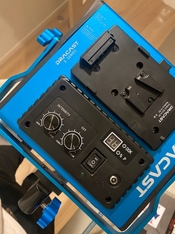I want to photograph the evolution of a pair of jeans over a year on provia 100f.
Take the same shot every 10 days to fill the roll.
It’ll be at home on a tripod with different light conditions every time.
I’ve done something like this project before when my wife was pregnant with our son. I shot that on Tri-X and it was quite difficult getting the exposure right each time.
The goal is to have coherent exposure throughout the roll. The final product will be the entire roll of film itself not the individual shots.
I’m planning to shoot this on a Pentax KX with a 50mm 1.7 lens and a simple on camera flash.
Will this work with flash or do I need to worry about the different lighting conditions each time?
Take the same shot every 10 days to fill the roll.
It’ll be at home on a tripod with different light conditions every time.
I’ve done something like this project before when my wife was pregnant with our son. I shot that on Tri-X and it was quite difficult getting the exposure right each time.
The goal is to have coherent exposure throughout the roll. The final product will be the entire roll of film itself not the individual shots.
I’m planning to shoot this on a Pentax KX with a 50mm 1.7 lens and a simple on camera flash.
Will this work with flash or do I need to worry about the different lighting conditions each time?










